Kaleidoscope
£40.00 – £45.00
The world’s first visual trombone quartet! See below for too many details.
Description
A Visual Trombone Quartet
The trombone is the most visual of all instruments. It must have been a conductor who once said that you should never trust an instrument that changes shape all the time. A harp may be more striking, or a double bass more austere and grandfatherly; the contrabass clarinet always catches the eye, looping up from the woodwind as it does; the gong is majestic and the tubular bells are a feature of every piece they’re in, but of all orchestral instruments, surely the big shiny things at the back that expand and contract when they’re activated are the ones that audiences most love to watch.
So when four of them get together, with no outside distractions, it’s a mesmerising spectacle! Yet as far as I know, nobody has yet written a piece with this specific aspect of the instrument principally in mind. As various musical ideas came to mind, the mesmeric visual effect kept suggesting itself, and reminded me of the sifting images of a kaleidoscope.
Musically, the building-blocks of the piece are helixes. In kaleidoscopes, they swirl and radiate, and I thought musical phrases that copy this would be interesting: spiral-shaped phrases that start centrally and turn up and down and up. A line may start in the middle, then reach out and in and out, in widening circles.
As the raison d’etre of this piece is what it looks like from the audience’s point of view, the three short movements should be played from memory, as music stands would spoil everything!
The most obvious visual attraction of the trombone is its slide, the bit that moves. So the 1st Movement ignores that, and concentrates on the circular bell of the instrument. Kaleidoscopic circles suggested the title of this movement: Flowers. The bouquet blooms and prospers, sways in the wind, is even visited by a bee, before returning to a single stalk at the end.
The 2nd Movement, Oscillations, concentrates the viewers eyes on a smaller area, and the focus is very much on the slide. This Movement has various different sections and visual effects, and starts with the players in twos, side-on to the audience, with their slides ‘locked’ together in 4th Position (approx. under the bell). From this static central point, the slides ‘open’ and ‘close’, pulsating like the unfolding patterns in the kaleidoscope. Four calm, oscillating chords lead to the next section, where the music has a series of joyful upward swoops. The mood darkens at the end of this, and gives way to a sequence of overlapping ostinatos which the players enhance by slowly moving their slides up and down like a heat wave. Then briefly, there are an extraordinary few bars where the inside players play as if the ends of their slides were tied together, pushing each other in and out (reminiscent of the Pushmi-pullyu in Dr. Doolittle!) before they manage to separate with an audible snap. The final section returns to the beating-heart music of the first section, before closing contentedly in the ‘locked’ mid-slide Position.
In the 3rd Movement, the players are in a line side-on to the audience, and the idea is that they form one big trombone slide, across the stage. After an initial demonstration of this, we’re off to a boisterous, unwieldy circus, featuring the Giant Slide at full tilt, and with flurries of internal confusion. Then the music cools to a light jazz feel, and the Visual Trombone Quartet play chords, but with everyone using the same Positions. Next, this trick is reversed as they play the same notes but in different Positions. It’s all very visual. An exuberant run right down the slide and back leads to a final Amen, or ‘OK’, literally spelt out by the instruments and the players.
For non-trombone players reading this (and they must exist), the word ‘Position’ is referred to a lot and needs to be explained. The trombone slide has 7 Positions in which to play notes, from its fundamental B flat harmonic series in 1st (or Closed) Position, out to the E harmonic series in 7th Position. The G series, (not a car), which features in the 2nd Movement, is in 4th Position, in between these 2 notes, and therefore in the middle of the slide.
Additional information
| Score Type | PDF Download, Physical Copy |
|---|

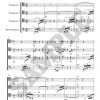
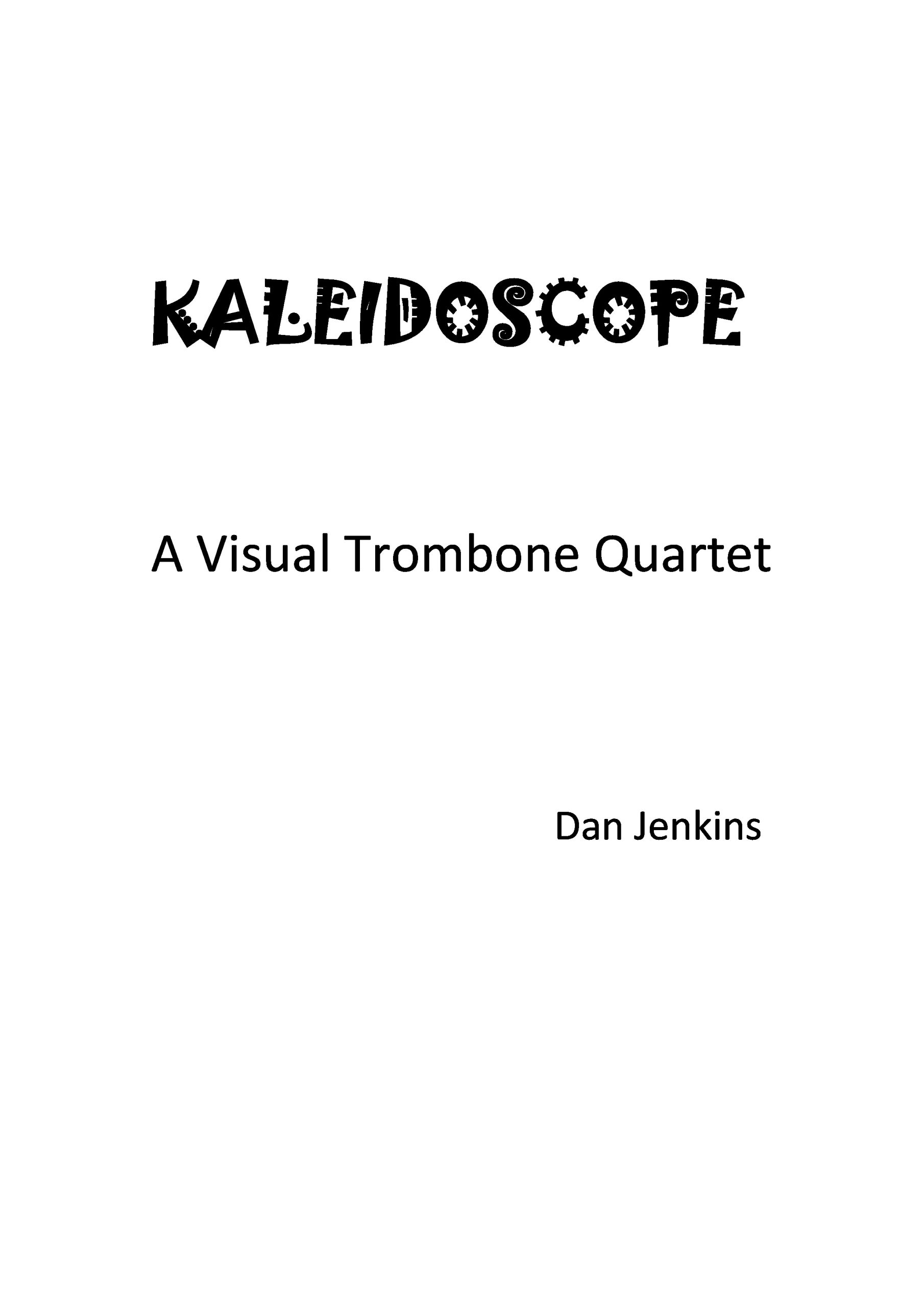
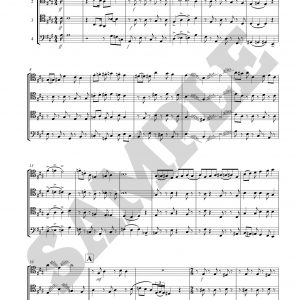
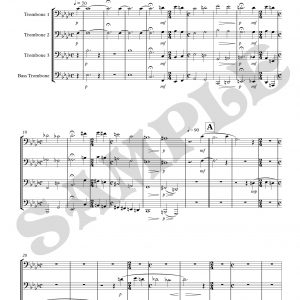
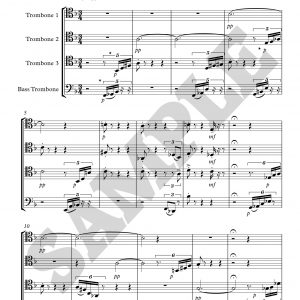
Reviews
There are no reviews yet.